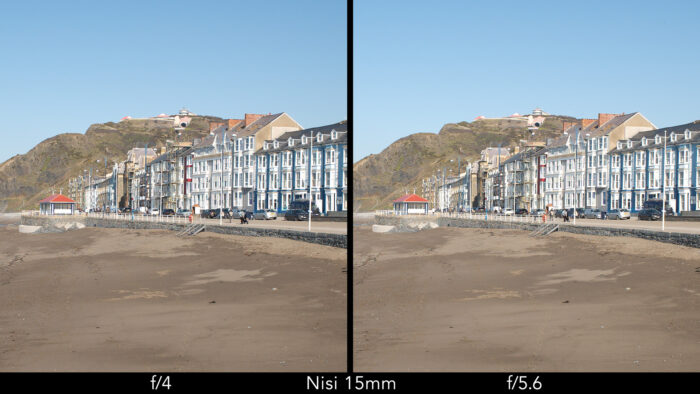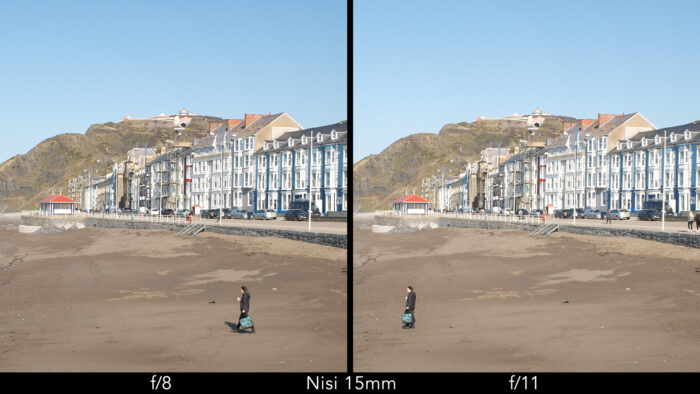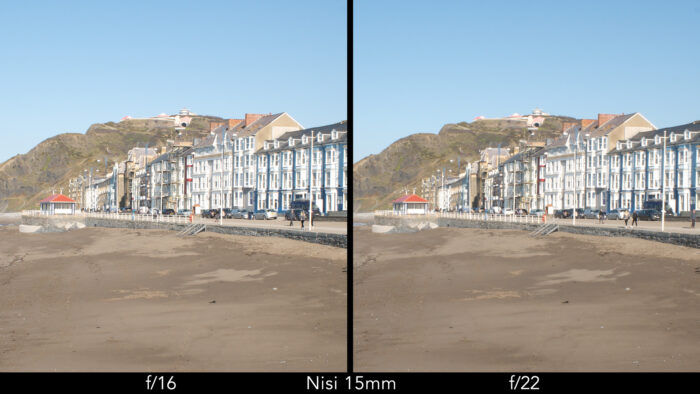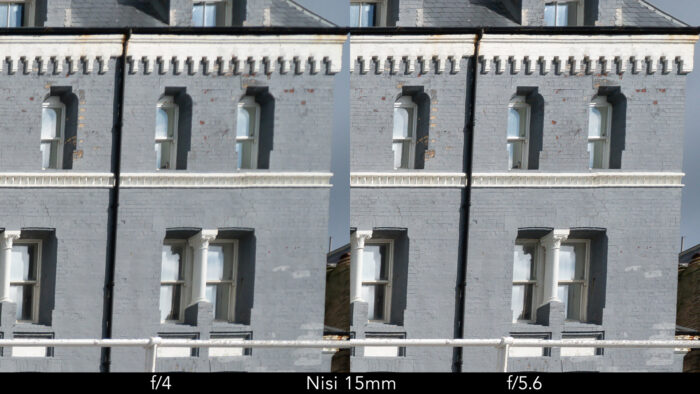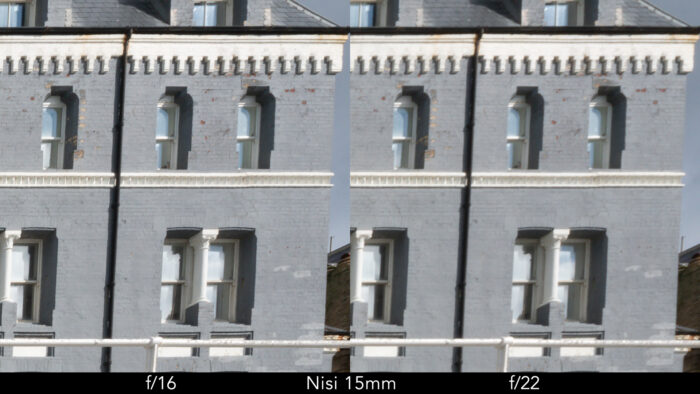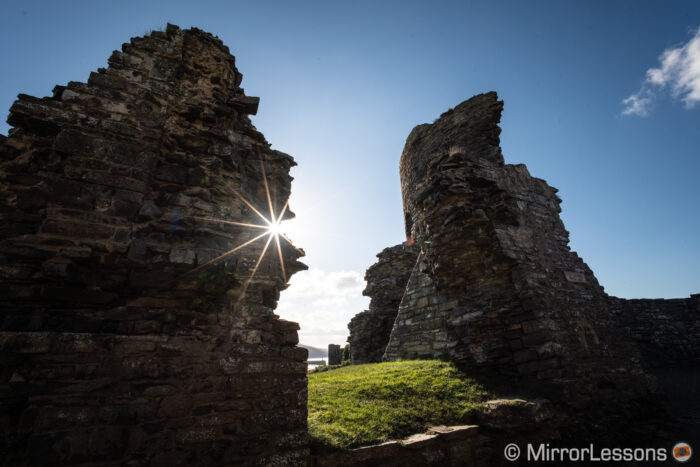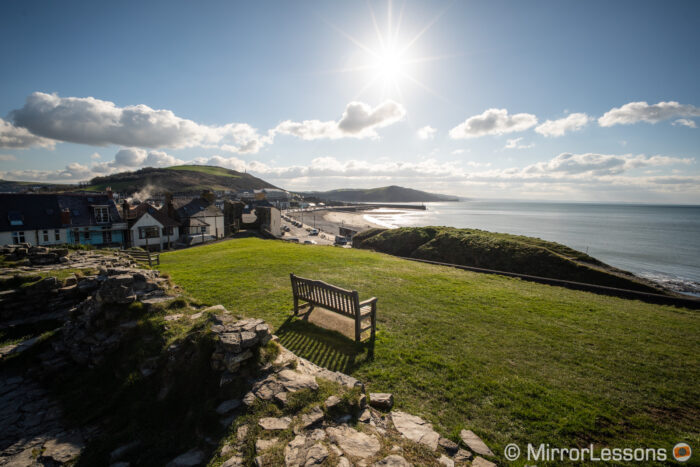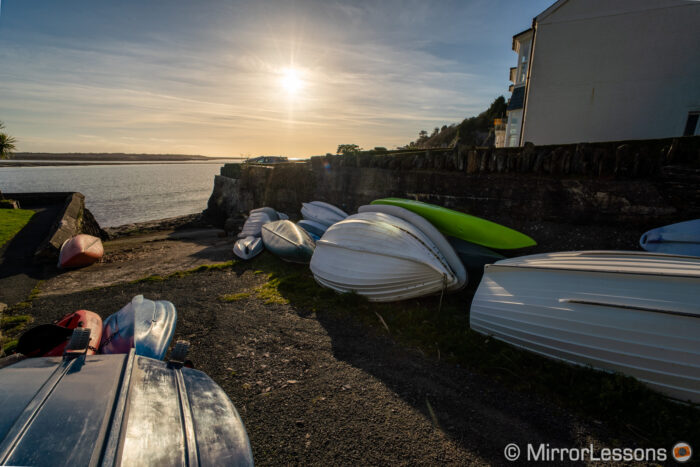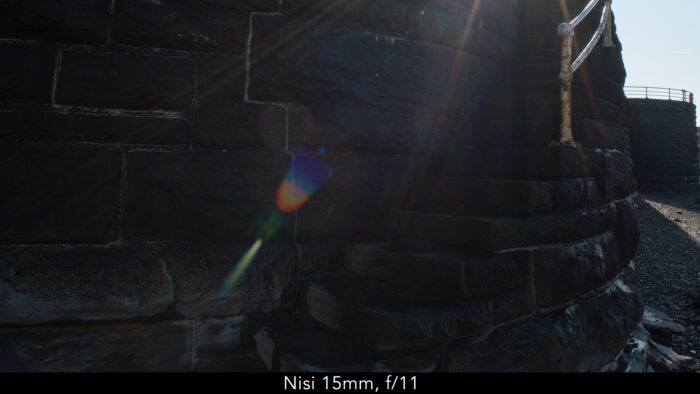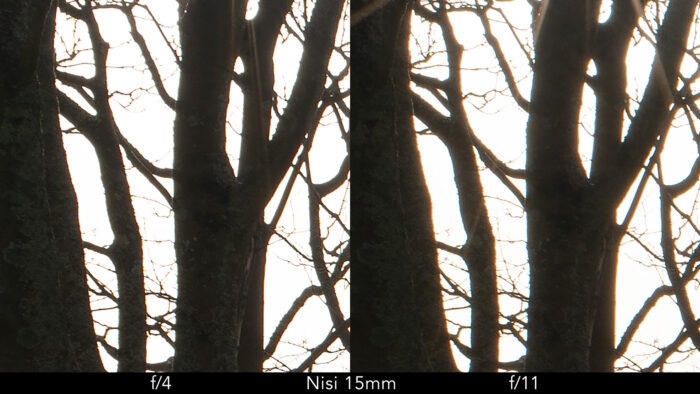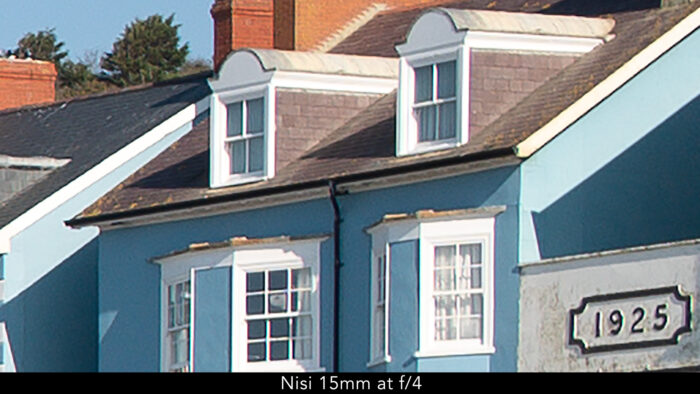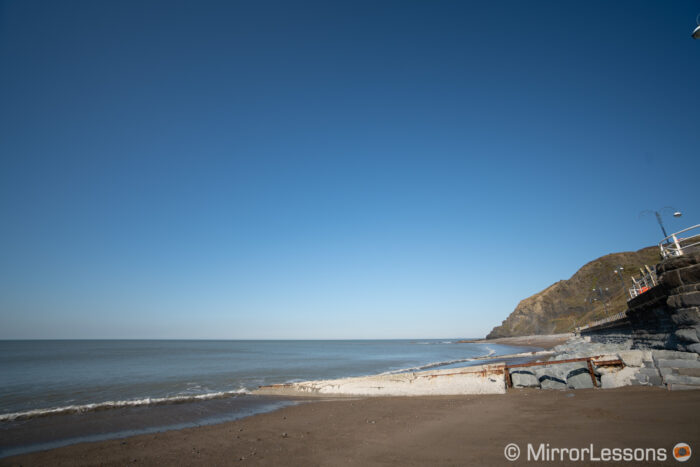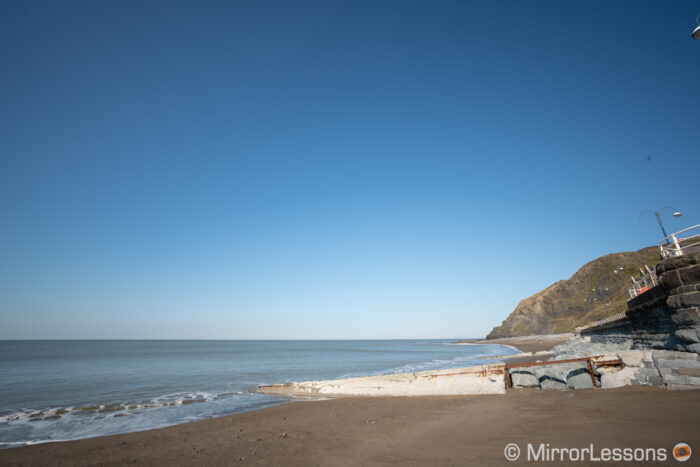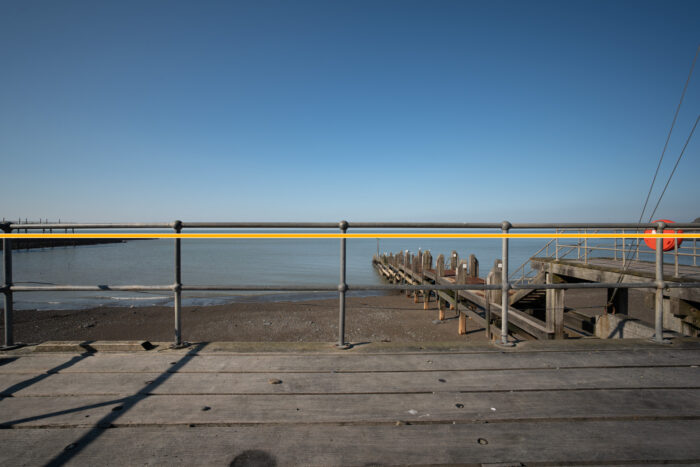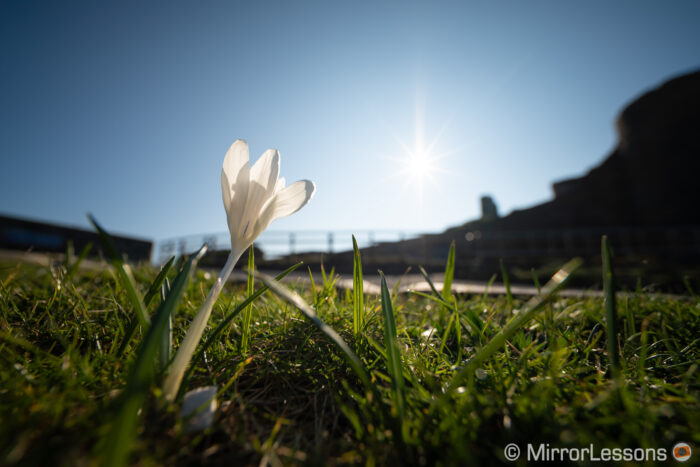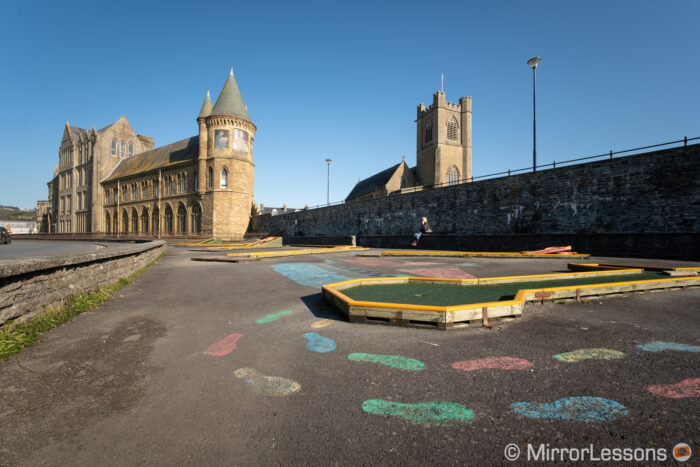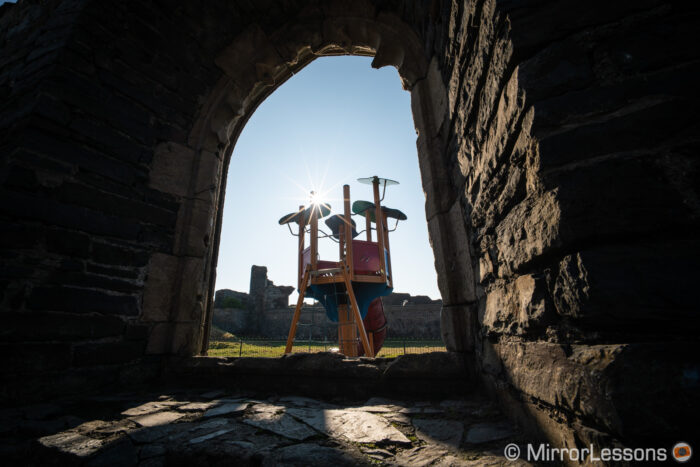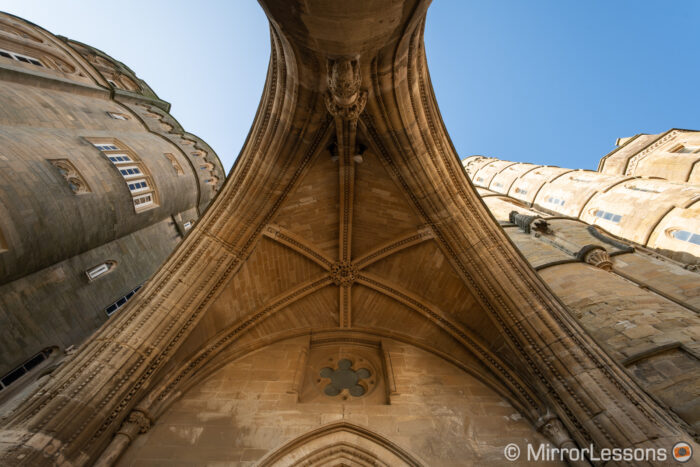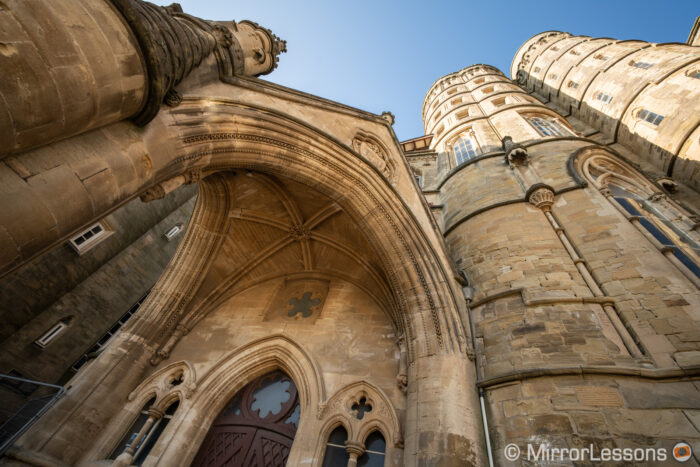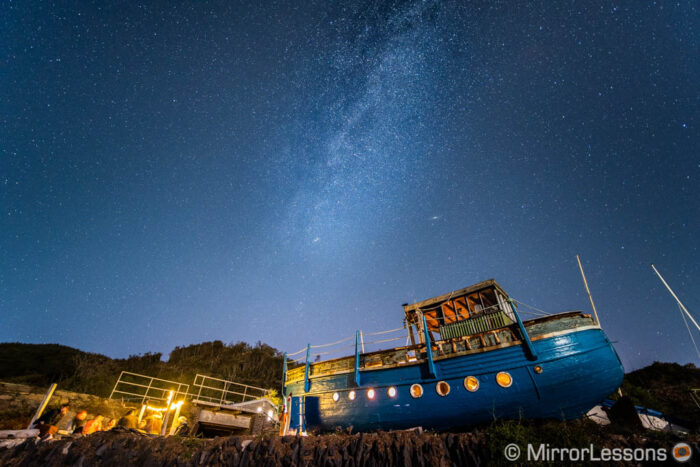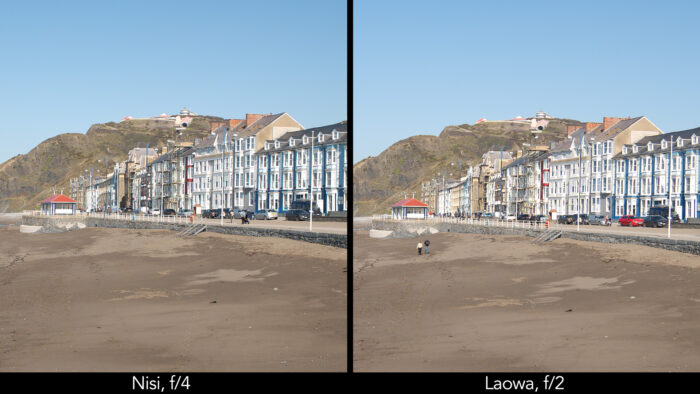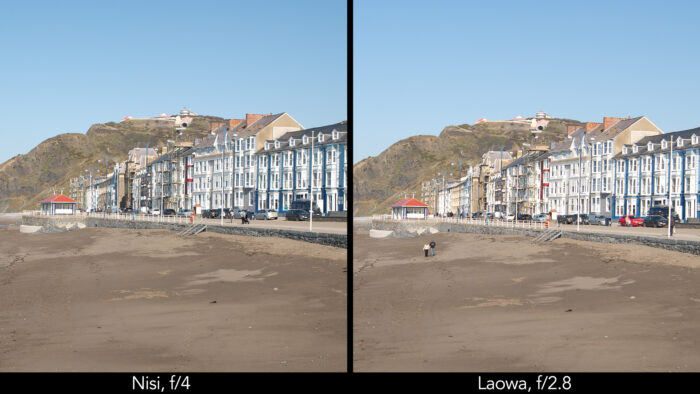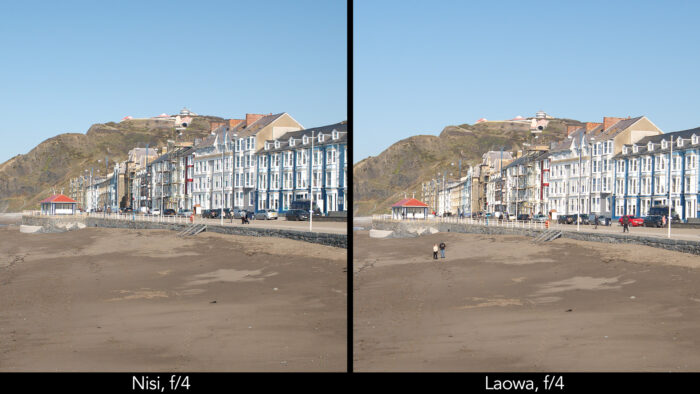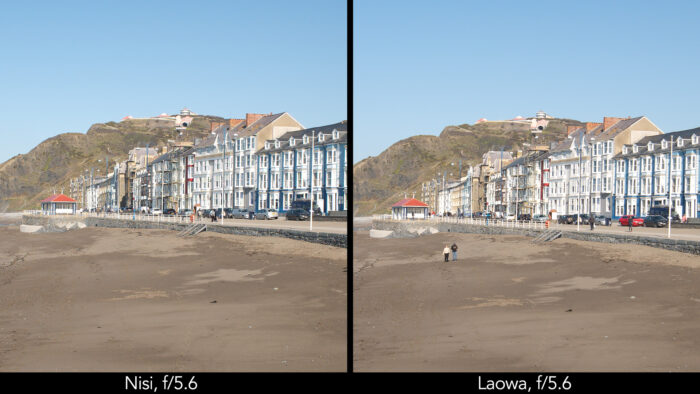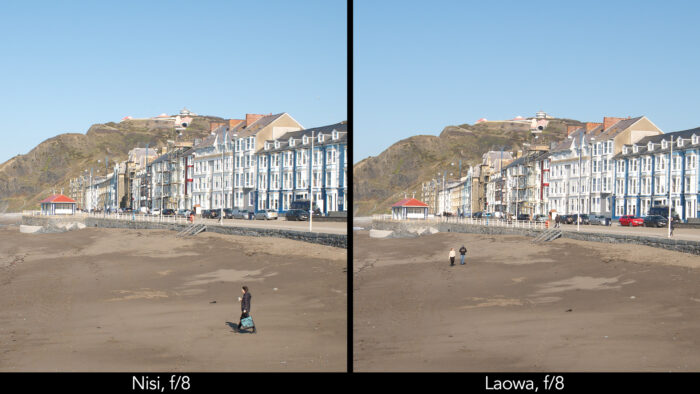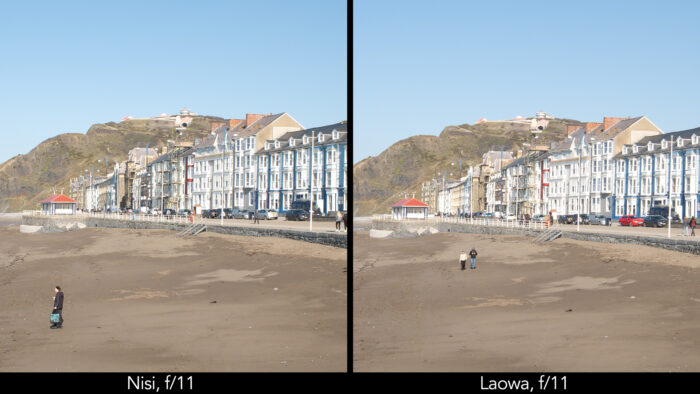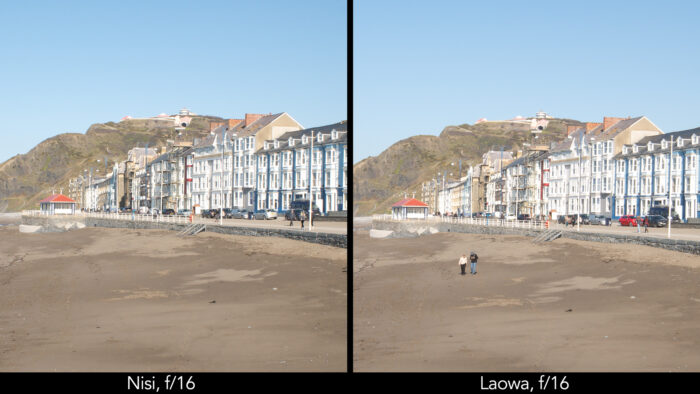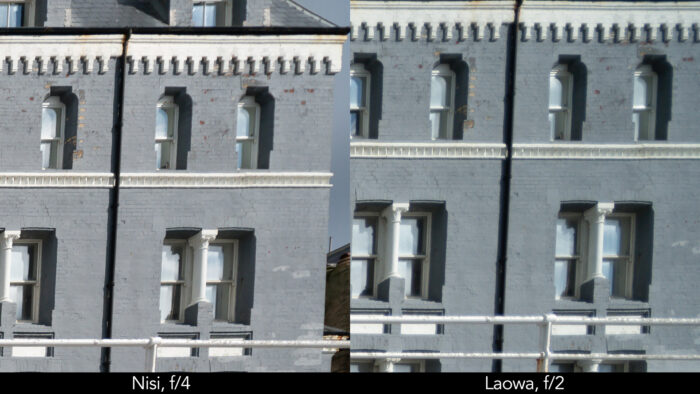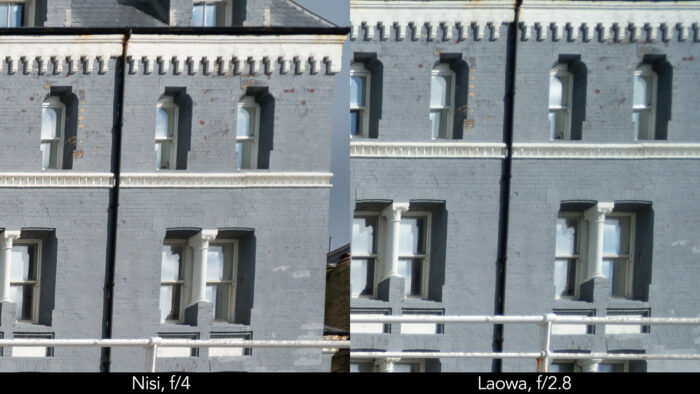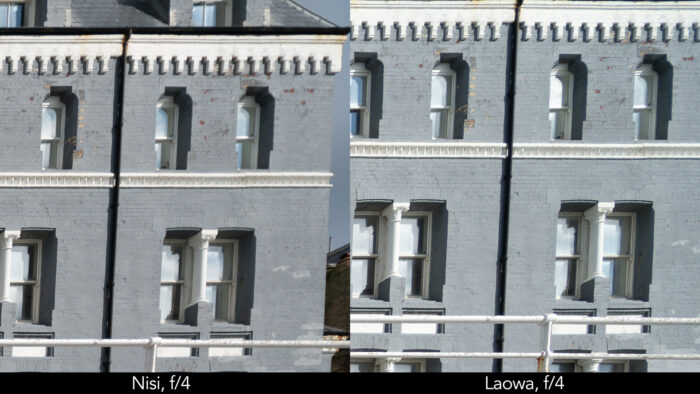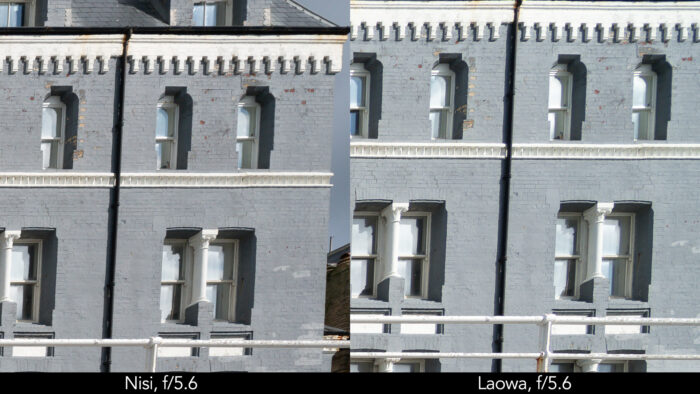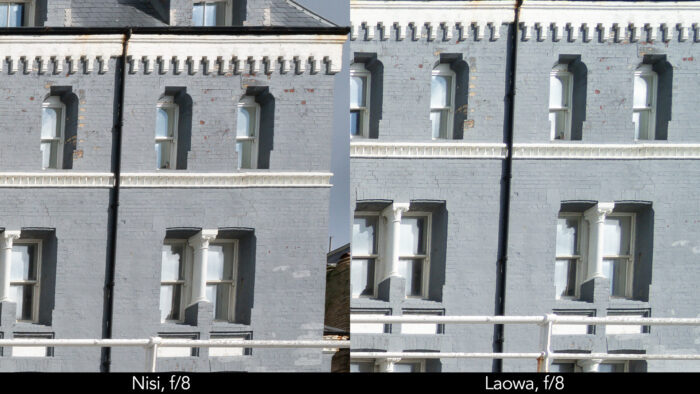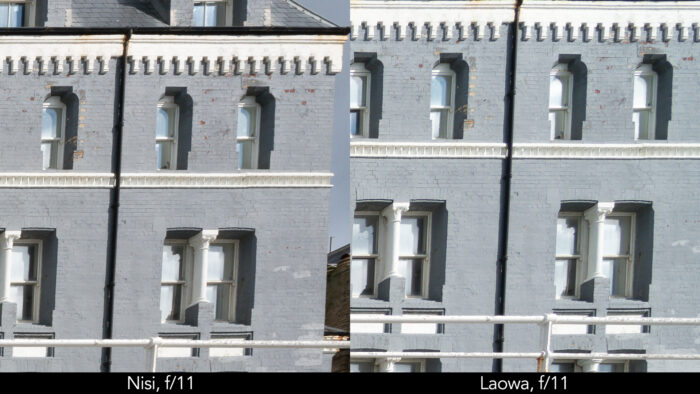Until recently, NiSi was a brand you would only associate with lens filters, and they have received a lot of positive feedback from the photography community over the years. I too was left with a very good impression when I had the chance to try the V5 Pro kit a few years back.
In 2021, the Chinese company decided to step up its game and introduce its first ever photography lens, the 15mm f4, which is available in multiple mounts. I tested its optical quality with my Sony A7R III and compared it to another wide angle lens I have at home, the Laowa 15mm f2.
Ethics statement: a copy of the 15mm f4 was provided to us by NiSi. Within the article, there are affiliate links. If you buy something after clicking one of these links, we will receive a small commission. To know more about our ethics, you can visit our full disclosure page. Thank you!
TABLE OF CONTENTS
1. Main specs
2. Design
3. Optical quality
4. Conclusion
5. NiSi 15mm f4 vs Laowa 15mm f2
Video Review
This review is also available in video format. Please give us a thumbs up and subscribe to our YouTube channel!
Main specs
- Mount: E-mount, RF-mount, Z-mount and X-mount
- Format coverage: 35mm
- Focal length: 14.5mm
- Equivalence on APS-C: 22mm
- Weather sealing: No
- Maximum aperture: 4
- Minimum aperture: 22
- Number of aperture blades: 10
- Angle of view: 112° (78˚ on APS-C)
- Closest focusing distance: 20cm
- Maximum image magnification: 0.13x
- Lens configuration: 12 elements / 10 groups
- Special elements: 2 ED and 1 aspherical
- Lens surface coating: Yes
- Optical stabilisation: None
- Dimensions: ø75.6 x 80.5mm
- Filter diameter: ø72mm
- Weight: 470g
NiSi 15mm f4: Design
The NiSi 15mm has an all-metal build, including the removable lens hood, whereas the front and rear caps are made of plastic.
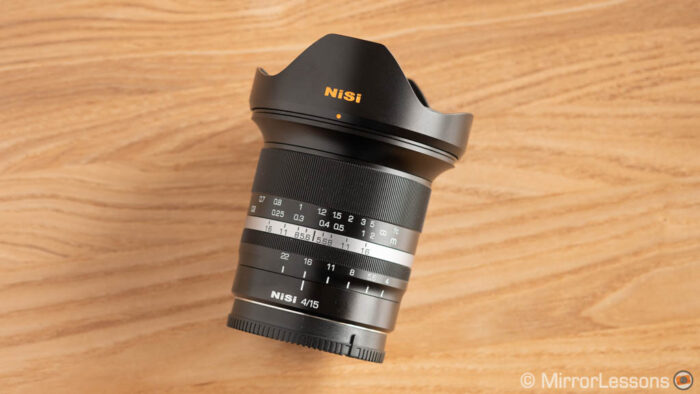
It is reasonably lightweight at 470g but lacks any sort of weather sealing. The lens has an optimal size: it is not too big, not too small, and it balances very well on my A7R III, or any other A7/A9 camera for that matter.

The two rings (focus and aperture) are mechanical and very pleasant to use. The focus ring is precise and smooth to turn with the right amount of friction.
The aperture ring has a clicking mechanism. It is discreet in terms of noise but distinctive enough concerning tactile feedback, and the rotation itself is smooth. Overall, these are two fine rings to operate.
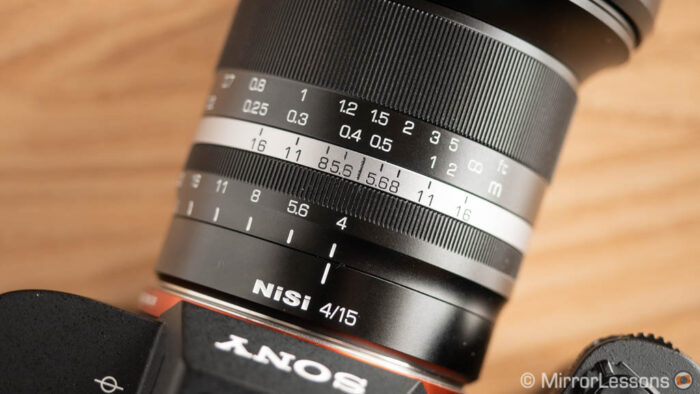
The front of the lens can take 72mm filters, which is quite handy when working with the most popular filter systems out there, including NiSi’s own circular and 100 series.
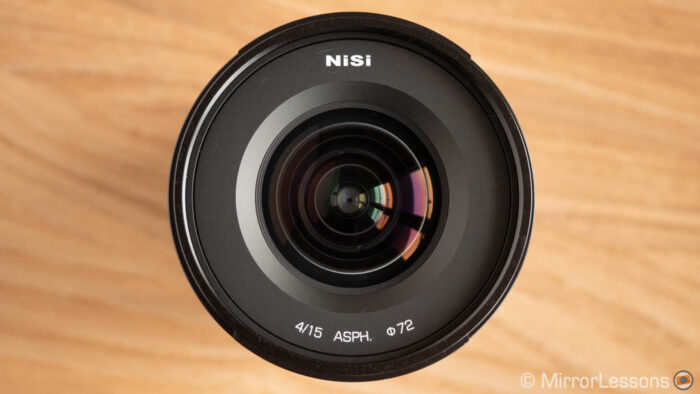
The hood is small and unobtrusive, although the locking mechanism is a little weak so you may find that the hood has rotated a little after unmounting the lens, or when pulling it out of you bag. Thankfully, it never came to the point of falling on the ground, but it’s better to keep an eye on it.
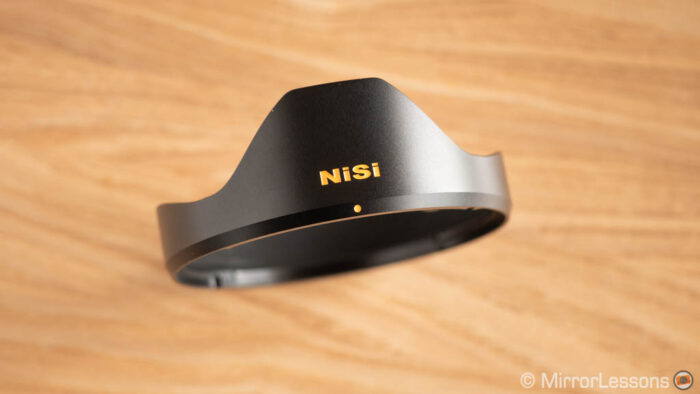
On the rear, there are no electronic contacts so the aperture value won’t be recorded in the exif data. For cameras that have in-body image stabilisation, you need to input the focal length in the menu so that it can apply the right amount of correction.
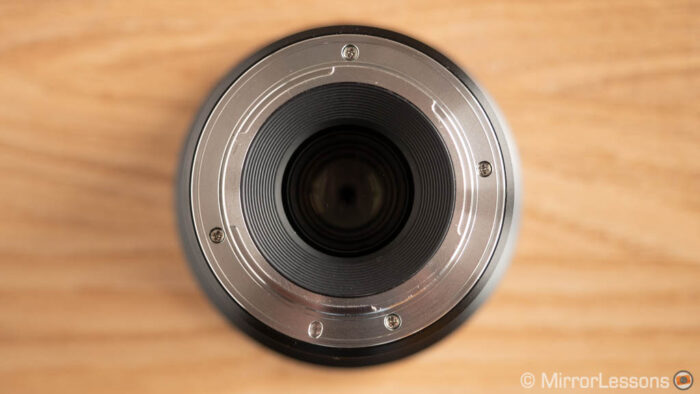
NiSi 15mm f4: Quality and feedback
At the centre, the NiSi 15mm produces very good sharpness at the fastest aperture, and the performance peaks between f5.6 and f8.

Stopping down to f11 still produces excellent result, whereas diffraction starts to be more visible from f16, although in this case it is mostly at f22 that you need to worry about it.
The corners are soft at f4 but greatly improve from f5.6.
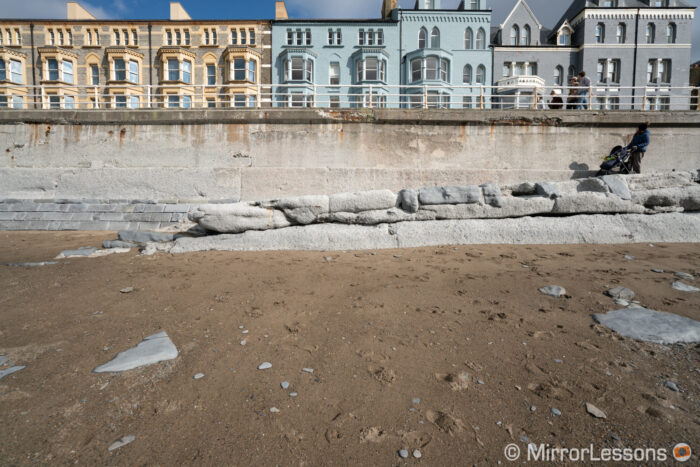
Note: the first sample I received was de-centred (the left corner was softer than the right). NiSi sent me a second copy that didn’t have any issues. Hopefully this means I was just unlucky with the first sample, something that is not unusual when dealing with photography lenses (even those from more experienced brands), especially if it is an early batch or pre-production. That said, don’t hesitate to check your copy when it arrives.
One pleasant characteristic of the NiSi lens is the ability to produce nicely shaped sunstar flares with sources of light in your composition. It is already visible from f/4 and becomes more defined as you close the aperture (and you don’t need to close down to f22 necessarily so you can keep optimal sharpness in your image).
As for normal flare, there can be a bit of ghost and rainbow flaring in the frame. Their visibility depends on your position, the lens orientation and how strong the source of light is.
Traces of chromatic aberration can be found even at closed apertures like f8 or f11. They’re more visible in scenes with high contrast and backlight but, if you pixel peep hard, you’ll see them in various areas of your image that have contrast.
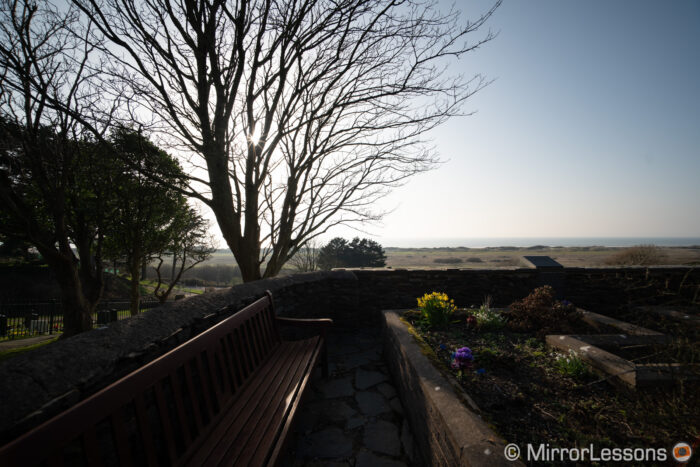
Thankfully, simply checking the “Remove Chromatic Aberration” option in Lightroom is enough to get rid of them when working with the RAW file.
Vignetting is visible at the fastest aperture and doesn’t really fade away when stopped down. It is not too intense making it easy enough to correct in post.
There is some barrel distortion and you’ll have to manually correct that in post. It can become annoying when photographing a building and trying to get the vertical and horizontal lines perfectly straight. There are no lens correction profiles that I’m aware of as of now.
The minimum focus distance is 20cm which is enough to isolate a small flower and get a decent out of focus background.
Because of the wide angle of view, it is not always easy to get a perfect composition and balance between what there is in the foreground and the background. When you get it right however, a lens like this 15mm can become really fun to use, especially for architecture where you can enhance the lines of a building for example.
Conclusion
If we consider that the 15mm f4 is NiSi’s first ever photography lens, I think the brand has done a good job overall. It has excellent sharpness at the centre and good sharpness in the corners (from f/5.6), produces a lovely sunstar flare effect, has a good build quality and its dimensions are well suited to a Sony A7, Canon RF or Nikon Z camera. You can attach filters easily and the lens comes at a fair price.
It is not perfect and you’ll have to deal with some vignetting, chromatic aberration and distortion in post production. Vignetting and CA are easy to remove in a few clicks, whereas distortion can be more annoying for precise architecture work.

With all that said, it is fair to point out that the NiSi 15mm is not the only lens of its kind available on the market. In fact, there are various options if you seek a 14mm or 15mm prime, with or without autofocus or a faster aperture.
Budget wise, the NiSi is competitive, being the most affordable product alongside the Laowa 14mm f4. The latter is much smaller but has a non removable hood which can make attaching filters a bit more cumbersome (it comes with a 52mm thread). I haven’t tried it myself so I can’t comment on quality.
Other options are more expensive but will also give you extra features such as autofocus (Samyang 14mm f2.8 AF for example) or a faster aperture like the Laowa 15mm f2 (see the comparison further down).
The competition is higher within the Sony system thanks to additional brands like Sigma and Voigtländer. The list for the Canon RF and Nikon Z systems is smaller (but growing), so there is certainly room for the NiSi 15mm f4.
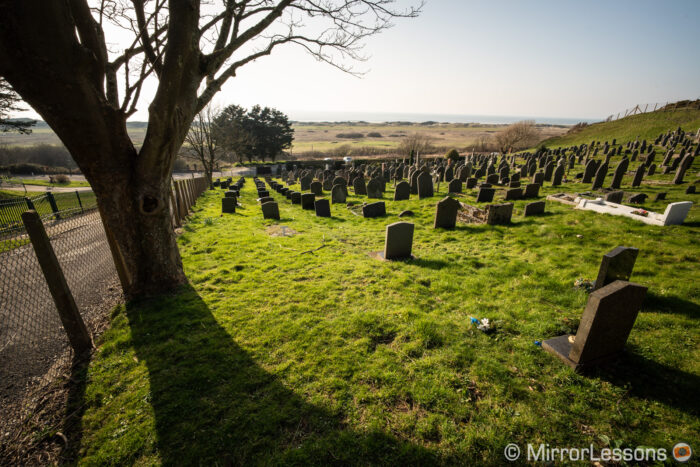
To conclude, I think the 15mm f4 is a good start for NiSi, and I’m curious to see what other lenses the company will produce in the future.
Reminder: the links below are affiliate links. If you decided to buy something after clicking the link, we will receive a small commission.
Check price of the NiSi 15mm f4 on
B&H Photo | eBay | NiSi UK
NiSi 15mm f4 vs Laowa 15mm f2

The Laowa lens is slightly bigger and heavier than the NiSi 15mm, but its dimensions remain quite compact if we consider the faster aperture. The latter is the main argument in favour of the Laowa, although that comes with a higher price tag.
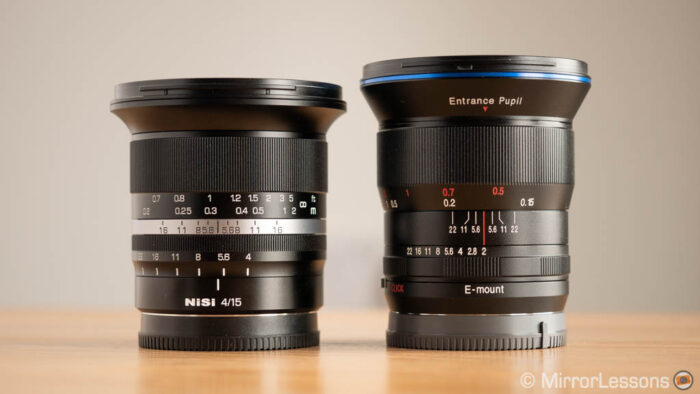
The 15mm f2 is also made of metal and it too is not weather sealed. It has an additional switch to make the aperture clicking or clickless.
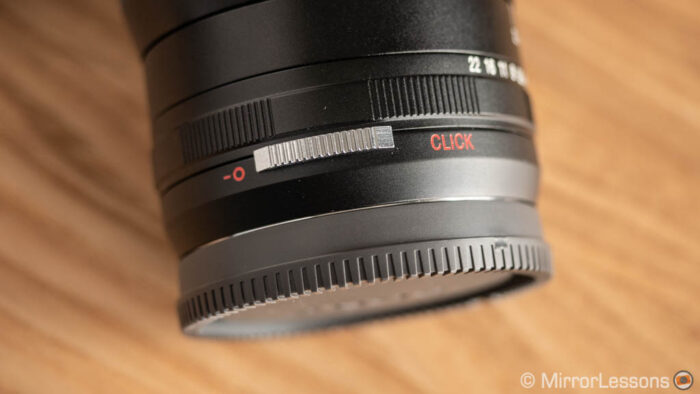
An opening of f2 makes the Laowa the ideal choice for astro-photography, with low coma at the fastest aperture and optimal results across the frame from f2.8.
As for the optical quality, here is a summary of my findings:
- sunstar flare is more defined on the NiSi lens
- ghost flares can appear on both: a bit bigger on the Laowa, whereas the NiSi can display more evident rainbow flares
- barrel distortion is at the same low level on both lenses
- chromatic aberration is more invasive on the Laowa lens, especially at the fastest apertures
- vignetting is also more invasive at the fastest apertures on the Laowa but is reduced when stopped down
- despite being labeled with the same focal length, the NiSi lens has a wider angle of view because its real value is 14.5mm
Concerning sharpness, the performance is very similar at the centre (including at f2 for the Laowa).
Quick note: apologies for the missing f/22 example above. I realised too late that I didn’t have the RAW image shot with the Laowa at that aperture value (I must have deleted it by mistake).
The corners are a bit softer at f2, but by f4 the Laowa outperforms the NiSi (albeit by a small margin).
Reminder: the links below are affiliate links. If you decided to buy something after clicking the link, we will receive a small commission.
Check price of the Laowa 15mm f2 on
Amazon | Amazon UK | B&H Photo | eBay

